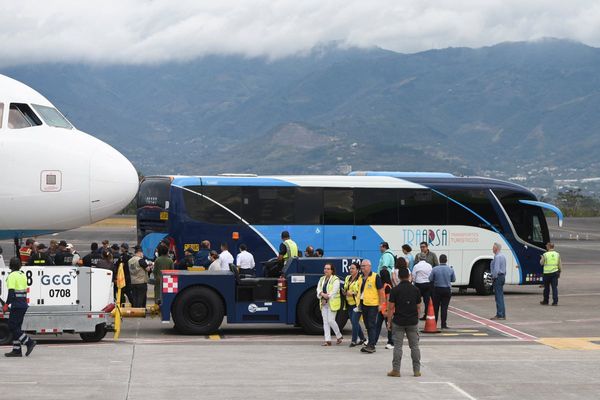It's been a shaky start to the year for Western Australia.
Hundreds of people were rattled by a 4.7-magnitude earthquake in WA's Great Southern at the start of 2022.
The earthquake occurred near Wagin and was the biggest of more than 100 recorded in that region so far this year.
Earthquakes are most closely associated with places positioned on the edge of the Earth's tectonic plates, like New Zealand or Japan.
But the ground beneath Australia's feet is not as stable as many think — particularly in WA.
Why are some regions more prone than others?
On average, Australia records 700 earthquakes a year, occurring all over the country.
But some regions are more active than others.
WA is the most active both in the size and number of earthquakes. One of Australia's largest recorded earthquakes tore through the wheat-growing community of Meckering in Western Australia on October 14, 1968.
In 2021, Australia recorded 548 earthquakes, more than half of which occurred in WA, according to GeoScience Australia seismologist Hugh Glanville.
Mr Glanville said part of the reason WA experienced the highest proportion of earthquakes was because of the landmass in comparison to other states.
But he said WA also had a few other factors working against it, such as the structure of the state's rock.
"So that can accommodate stress a bit differently to younger rock, and fracture more easily."
WA also has several fault lines that are aligned in such a way, compared to the direction the stress is coming from, that it makes it easier for them to crack.
A magnitude-5.4 earthquake hit the Lake Muir area of WA, about 330 kilometres from Perth, in November 2018.
Farmer Mark Muir and his neighbour Rob de Campo discovered cracks zigzagging across Mr de Campo's paddocks.
At the time, Geoscience Australia senior seismologist Jonathan Bathgate said there was a "little bit of increased activity" around the Lake Muir quake, with about 600 quakes in the following two months.
And WA also gets something known as earthquake swarms far more frequently than other states.
While a usual earthquake pattern involves a main shock and a series of aftershocks, an earthquake swarm involves tens or even hundreds of moderate main shocks, each with its own aftershock.
The basin around Broome, in WA's north, is another active earthquake region.
In July 2019, a magnitude-6.6 earthquake in the Indian Ocean was felt across large parts of Western Australia.
While it certainly gave Broome residents a scare, damage was limited to some roof panels and stock that tumbled from supermarket shelves.
Mr Glanville said its proximity to the Indonesian fault line also made that area more susceptible to quakes.
Other active areas around Australia include the Adelaide Hills, the Great Dividing Range between Melbourne, Canberra and Newcastle, and Tennant Creek in the Northern Territory.
That's where Australia's largest onshore earthquake was recorded in 1988, with an estimated magnitude-6.6.
What else causes earthquakes in Australia?
The Australian tectonic plate boundary runs around the Indonesian Archipelago, Papua New Guinea, through the south-west Pacific and New Zealand and ends midway between New Zealand and Antarctica.
Like all tectonic plates, it is constantly moving, colliding into the Pacific plate to Australia's north and east, and the Eurasian plate to the north-west.
This collision between moving plates generates stress deep inside the earth's crust, which is eventually released in the form of an earthquake.
Most of the big earthquakes occur on the plate boundaries, as well as volcanic activity, such as the recent devastating eruption in Tonga.
But that pressure also creates what's known as intra-plate fault lines.
Mr Glanville said you can think of it like a pavlova.
"So if you squeeze or drop a pavlova, or just had one sink, you'll get a lot of cracking around the edge, which is the edge of the plate," he said.
"But you get some cracks going to the inside."
Is Australia at risk of a big earthquake?
The good news is most of Australia's earthquakes are magnitude-2 and 3 quakes, which will cause light shaking but no damage.
It's not until magnitude-4 and up that you start to see minor damage, like dishes and windows breaking and plaster cracking.
It's above magnitude-5 that you will start to see damage to houses and buildings.
Earthquakes above magnitude-5 occur every one to two years, and above magnitude-6 about once a decade, according to GeoScience Australia.







